
A majority of individuals (84%) are confident their medical records are safe from unauthorized viewing, but have concerns (66%) when health information is electronically exchanged. More individuals are now confident their records are safe from…
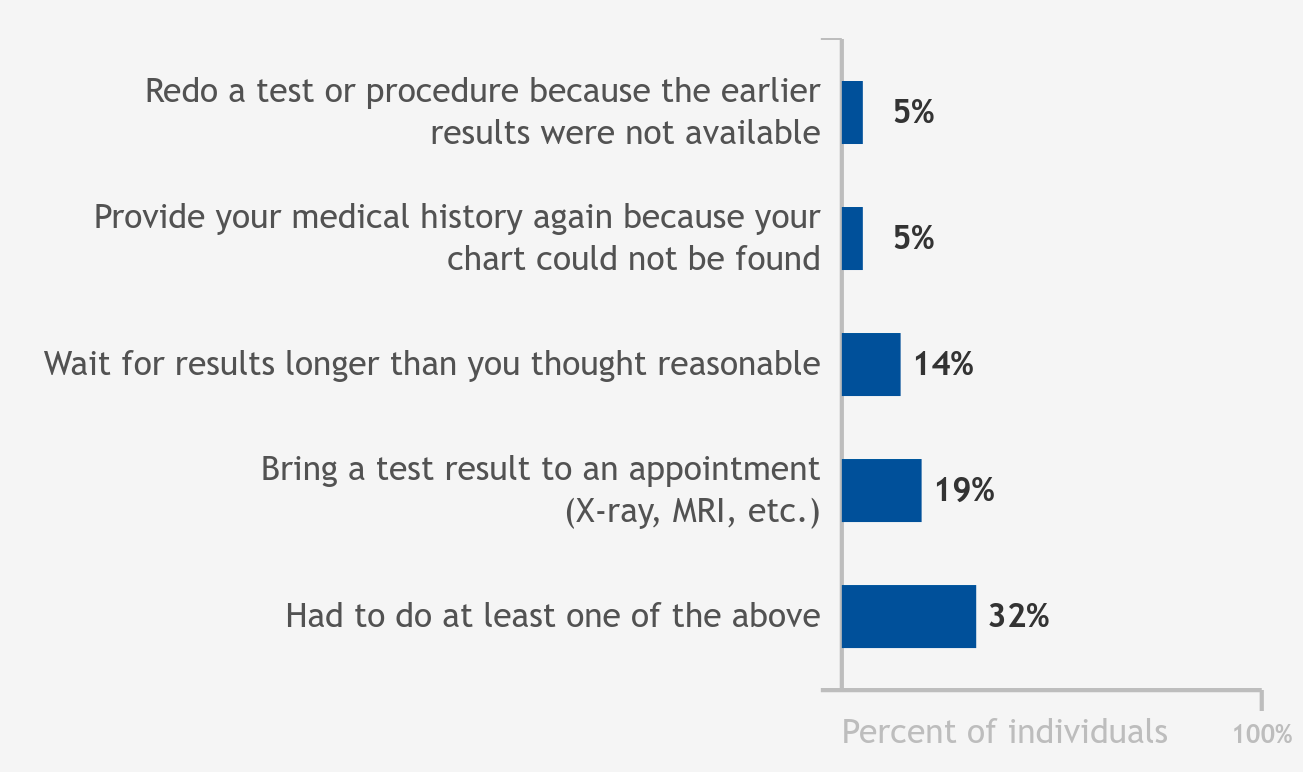
Eight-one percent of individuals went to a health care provider at least once within the past year. Overall, 32 percent of individuals who went to a doctor in the past 12 months reported experiencing a gap in information exchange. About 1 in 20…
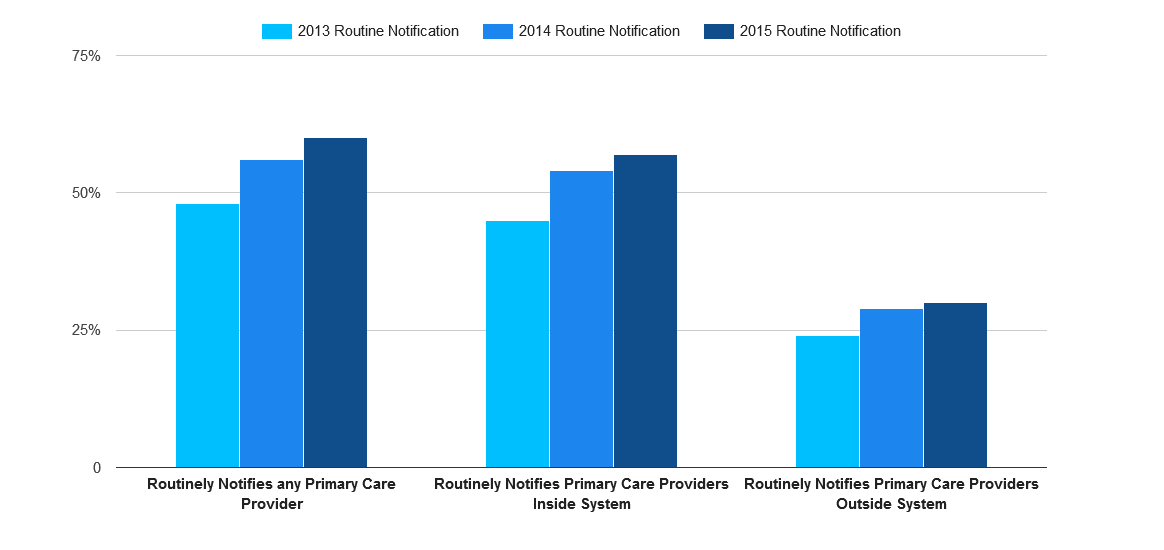
Three in five non-federal acute care hospitals routinely electronically notify a patient's primary care provider upon his entry to the hospital's emergency department - an over 50 percent increase since 2012. Fifty-seven percent of all…
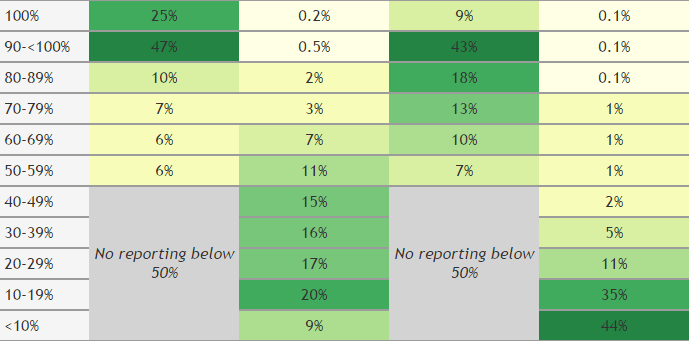
The data presented here reflect eligible hospital, Critical Access hospital, and eligible professional reporting on electronic exchange measures as defined for 2014, and indicate that significant progress must be made to reach a patient-centered, fully…
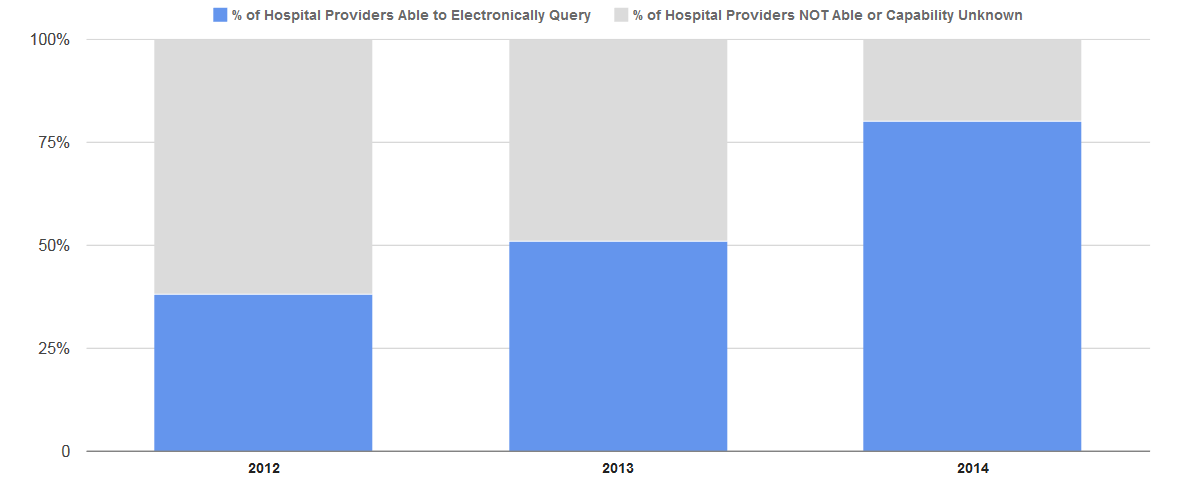
As of 2014, 80 percent of non-federal acute care hospitals have the capability to electronically query patient health information from external sources, an over 30 percentage point increase from 2013. In 2014, 48 percent of hospitals routinely queried…
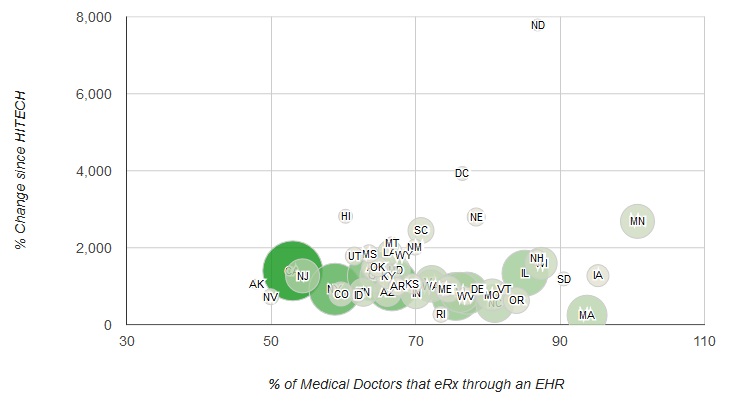
In December 2008, less than two months before the passage of the Health Information Technology for Economic and Clinical Health (HITECH) Act, fewer than 7% of all U.S. medical doctors electronically prescribed (e-prescribe) patient medications through an…
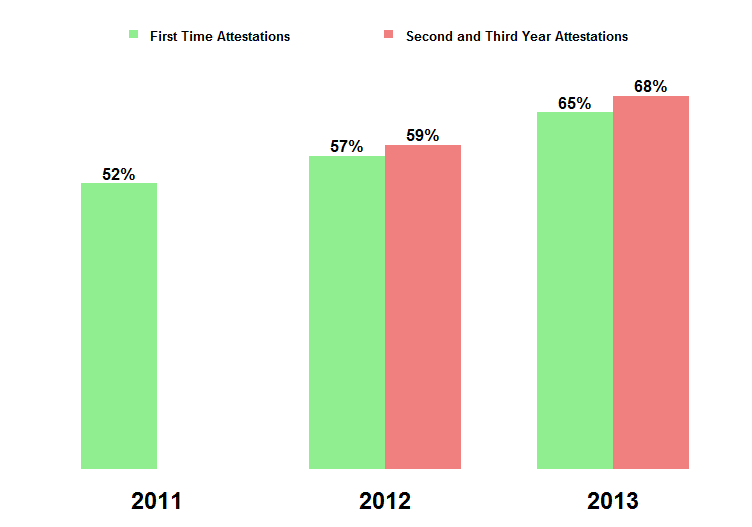
Approximately 7 out of 10 primary care physicians eligible for the Medicare EHR Incentive Program selected the Immunization Meaningful Use Menu measure without exclusion in 2013. 65 percent of 2013 first time attesters selected this measure without…
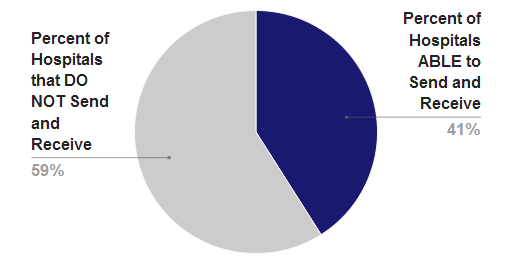
Approximately 4 in 10 hospitals (41%) report that providers at the hospital are able to send and receive secure electronic messages containing patient health information (e.g., medications) to and from sources outside of the organization or hospital…
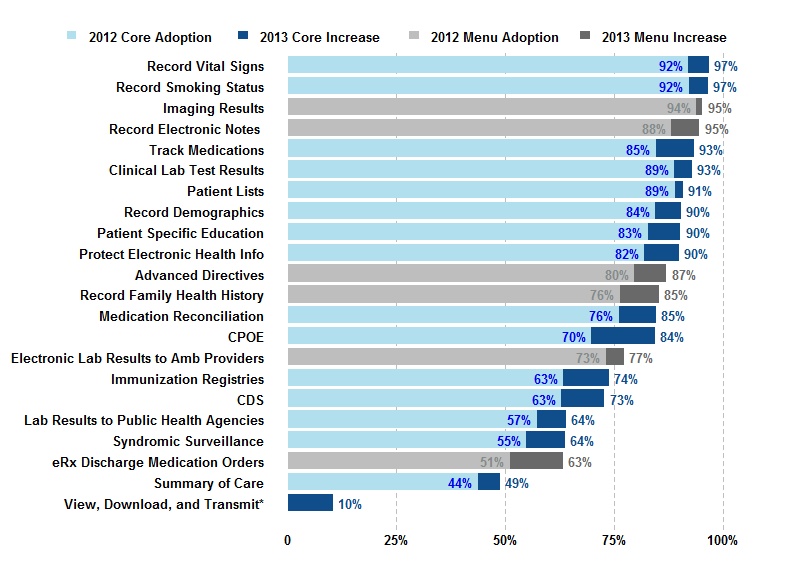
Stage Two of the Meaningful Use program consists of 22 core and menu objectives. A subset of hospitals will be eligible to begin attesting to these Stage 2 objectives in 2014. In 2013, adoption rates for 20 of these objectives were over 60 percent.…

Stage 1 of the Meaningful Use program consists of 24 core and menu objectives. Hospitals began attesting to Stage 1 in 2011.
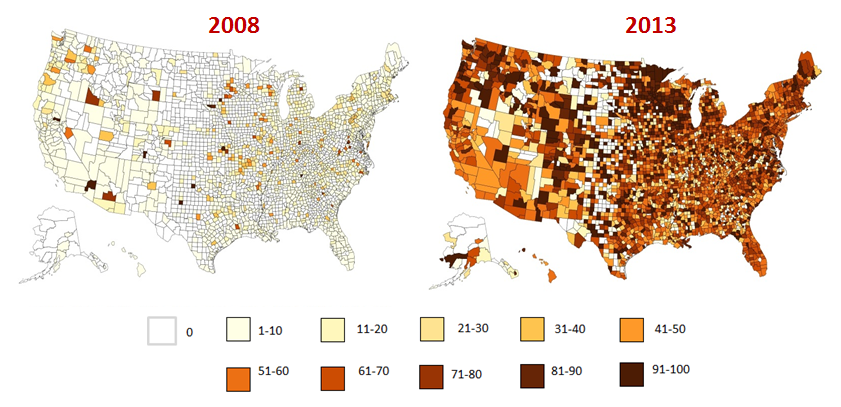
In the past five years, physician Electronic Health Record (EHR) adoption has surged, reaching all corners of the country. The percentage of physicians e-Prescribing via an EHR has accelerated from 7 percent in December 2008 to 66 percent as of December…

Approximately 3 in 10 individuals (32%) reported that clinical laboratories had provided them direct access to test results, either in paper or electronic format, during the past 12 months in 2012.
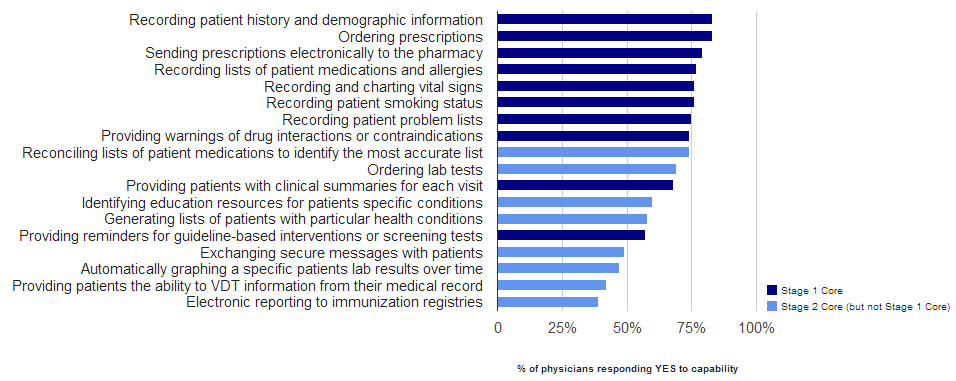
In 2013, physician adoption rates for computerized capabilities related to selected Meaningful Use Stage 1 and Stage 2 objectives ranged from 39% to 83%. About three-quarters or more of physicians had adopted computerized capabilities for recording key…
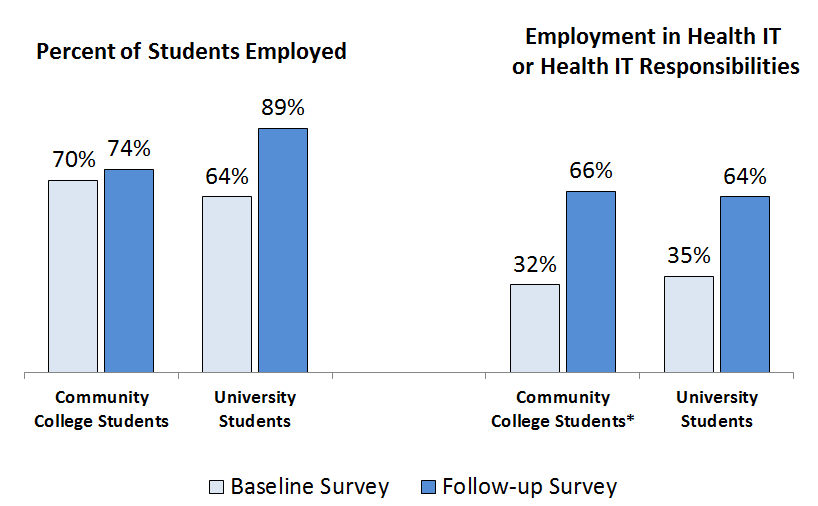
Over three-fourths of students trained by the HITECH Workforce Programs were employed within six months of completing training. Moreover, two-thirds of all trained professionals were employed in health IT or had health IT related responsibilities.

Hospitals continue to demonstrate increasing capability to meet Meaningful Use objectives. Click the radar chart to see which meaningful objectives hospitals are meeting the fastest.

